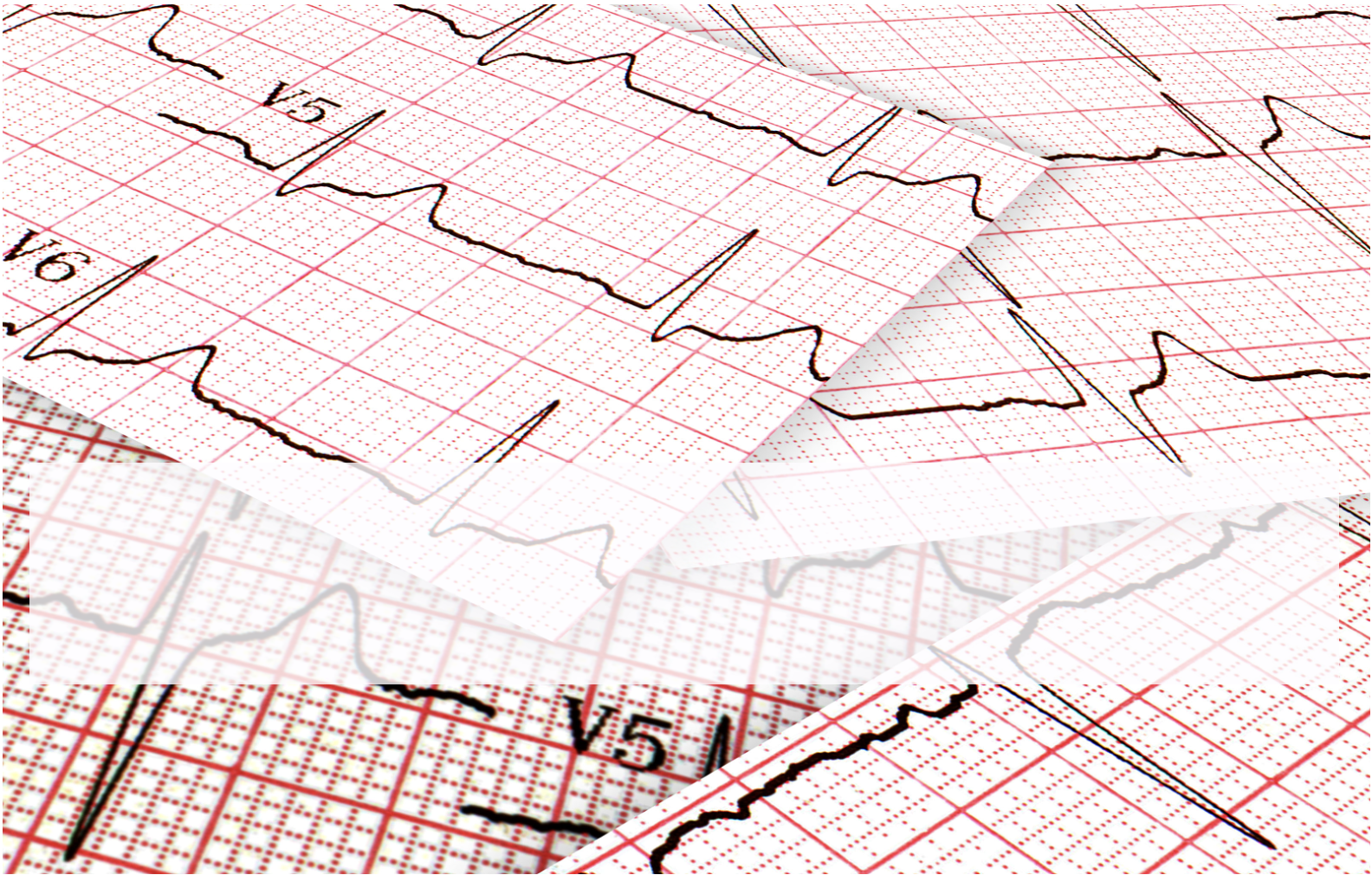The changes we see are related to:
- Increased vagal tone
- Enlarged cardiac chamber size
Those athletes that participate in endurance sports experience a volume load on all heart chambers, whereas those that participate in strength training experience a pressure overload on the heart, secondary to increased systemic vascular resistance(1).
In 2010, The European Society of Cardiology produced recommendations for ECG interpretation in athletes. In 2015, a meeting of sports physicians and sports cardiologists produced the most up to date set of criteria for determining normal and abnormal ECGs in athletes. These were the Seattle Criteria(2).
A CASE of an incidental finding in an ECG of an athlete
A 23 year old male who is training for a triathlon presents with a history of a mechanical fall. He trains over 8 hours per week and today whilst running tripped and fell. He has had a head strike, but no loss of consciousness. He complains of a small amount of midline neck pain. He is in bed with a cervical collar in-situ. There are no other injuries. He has full memory of the event and feels well. The nurse does as ECG and hands it to you.
This is the ECG. What do you think?










